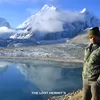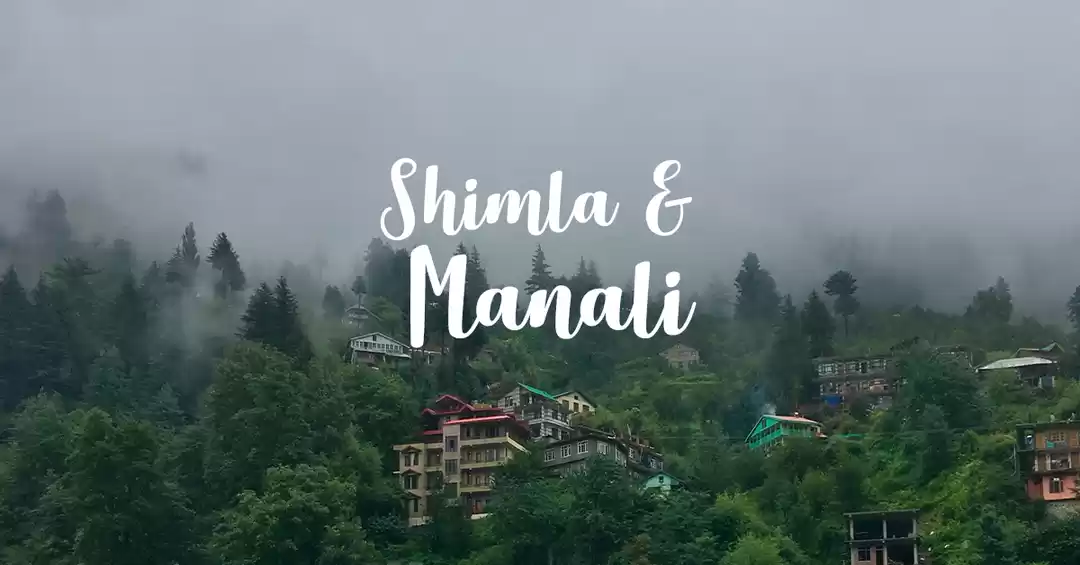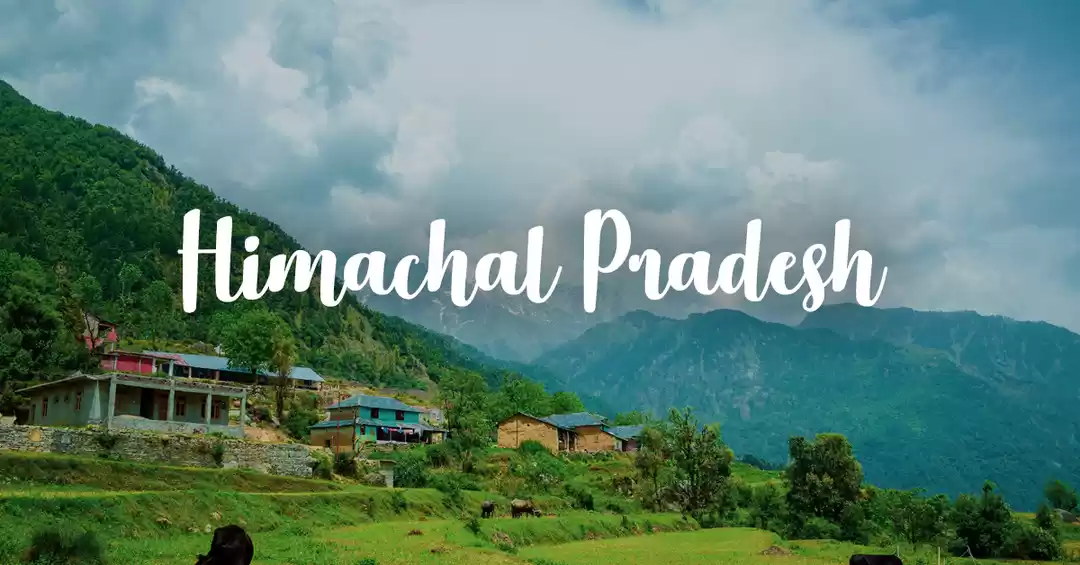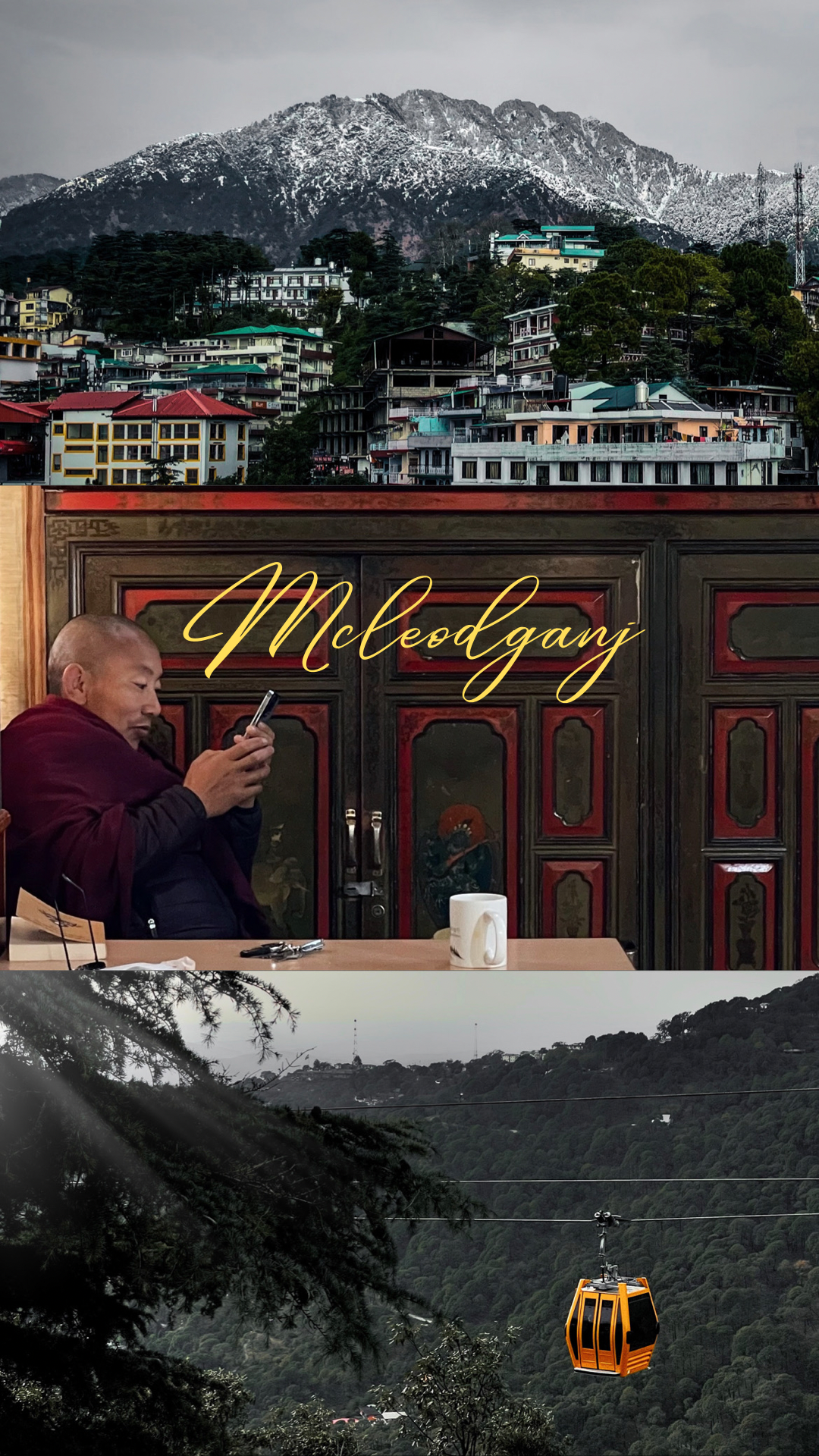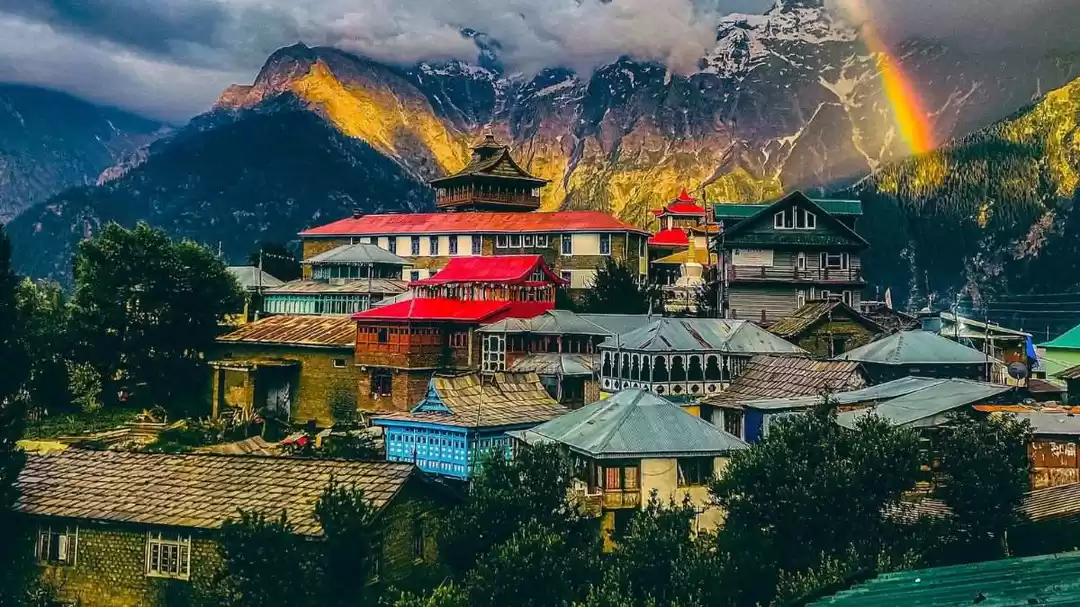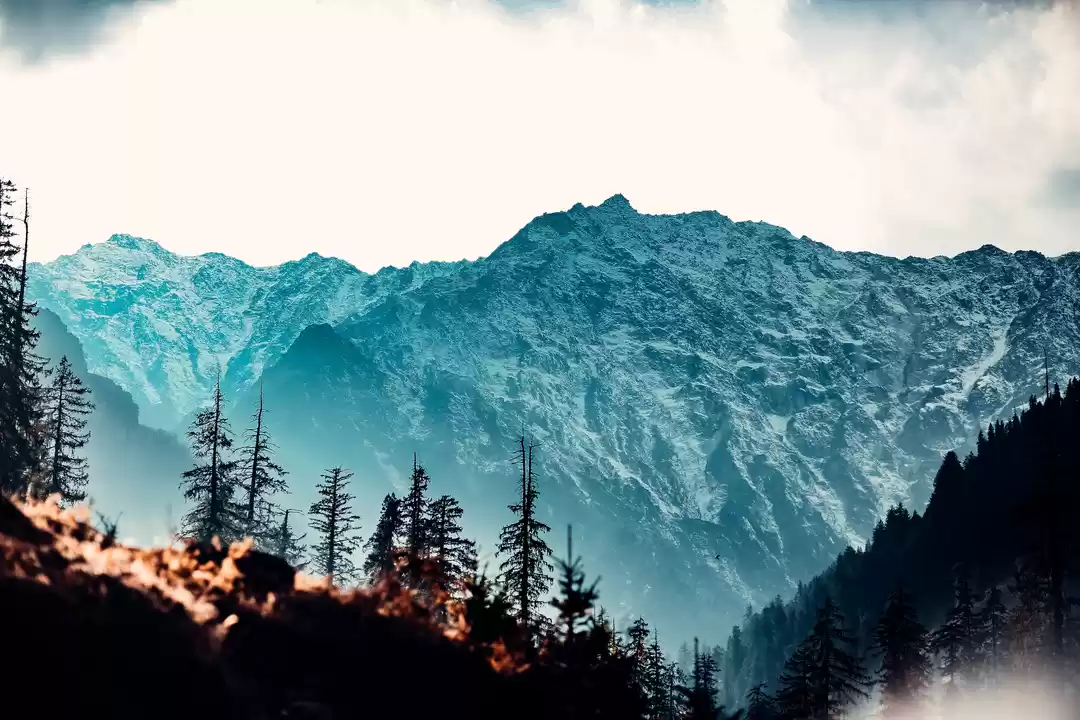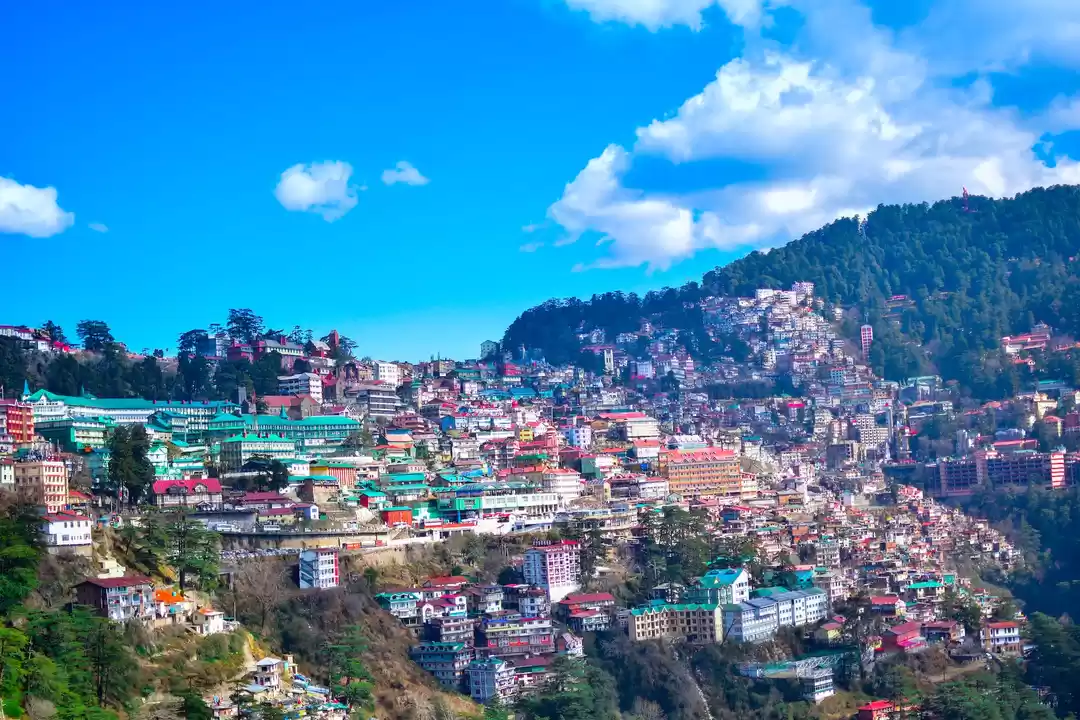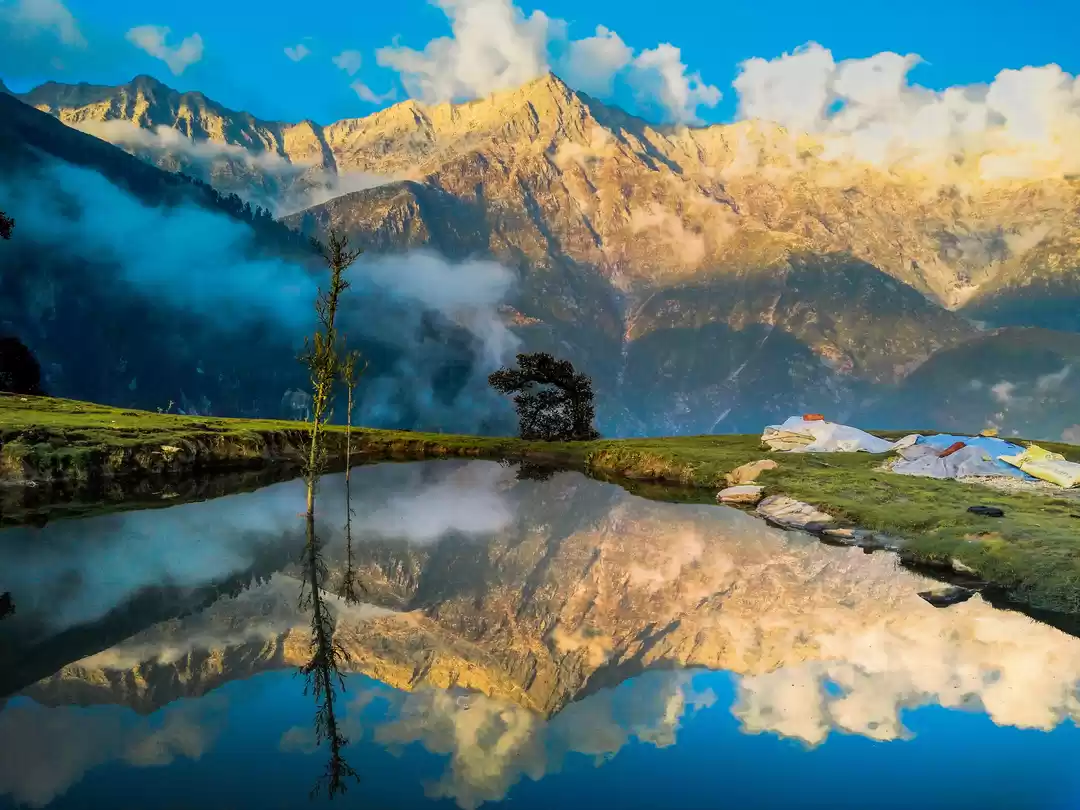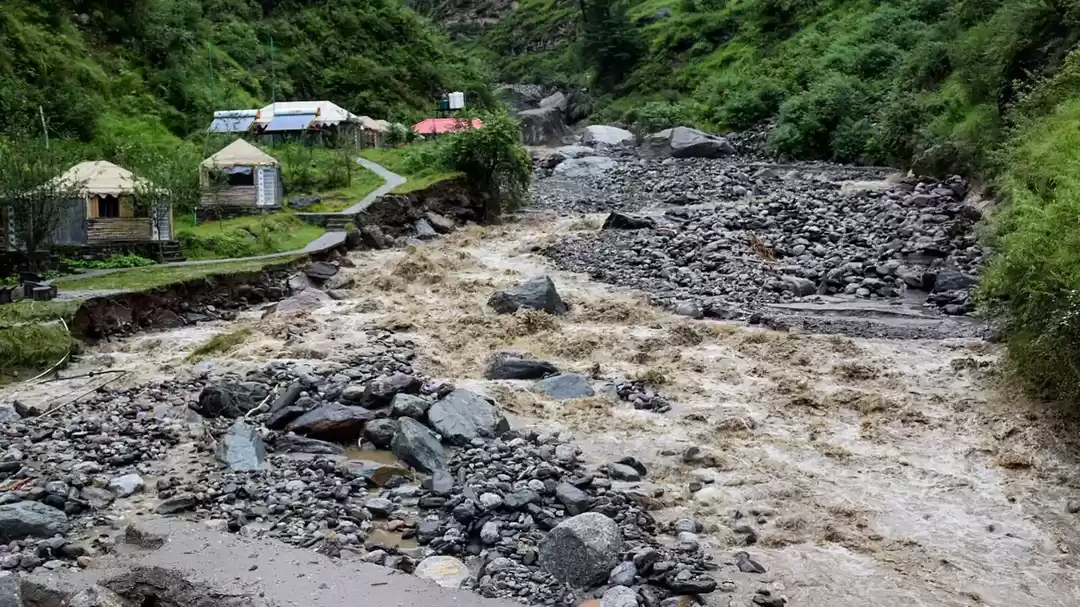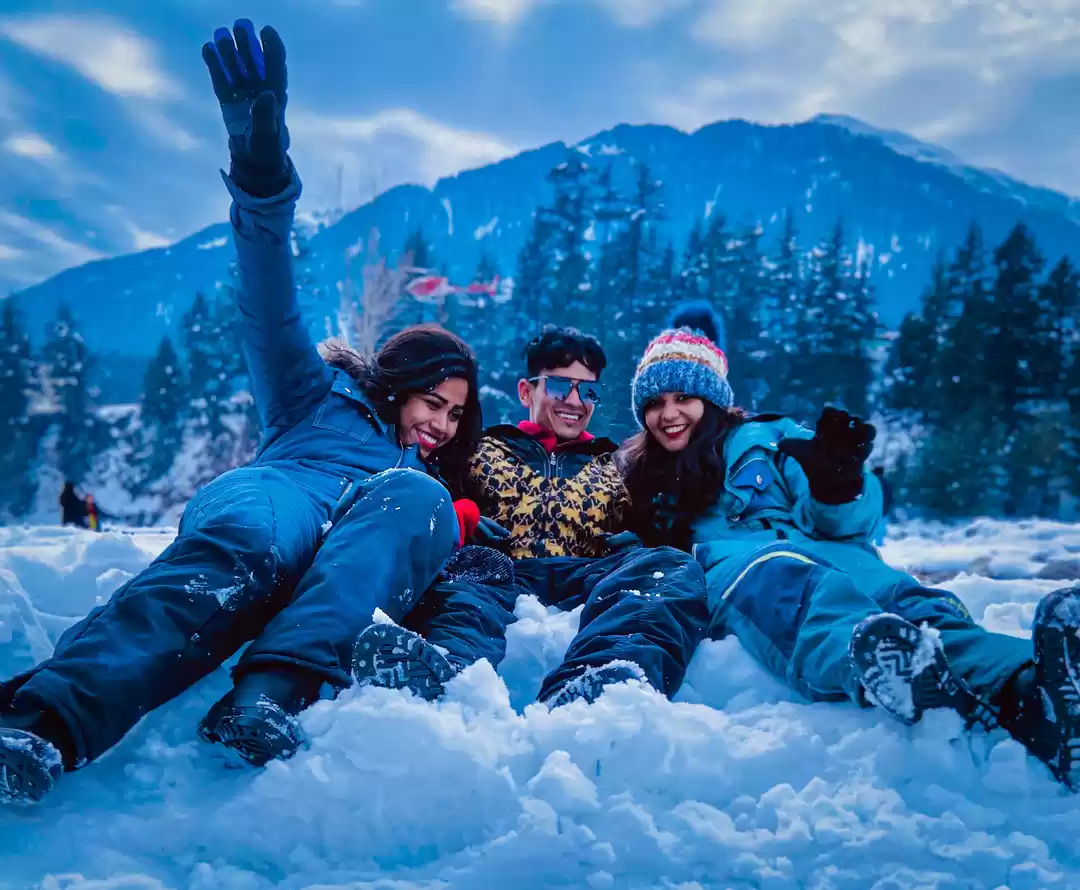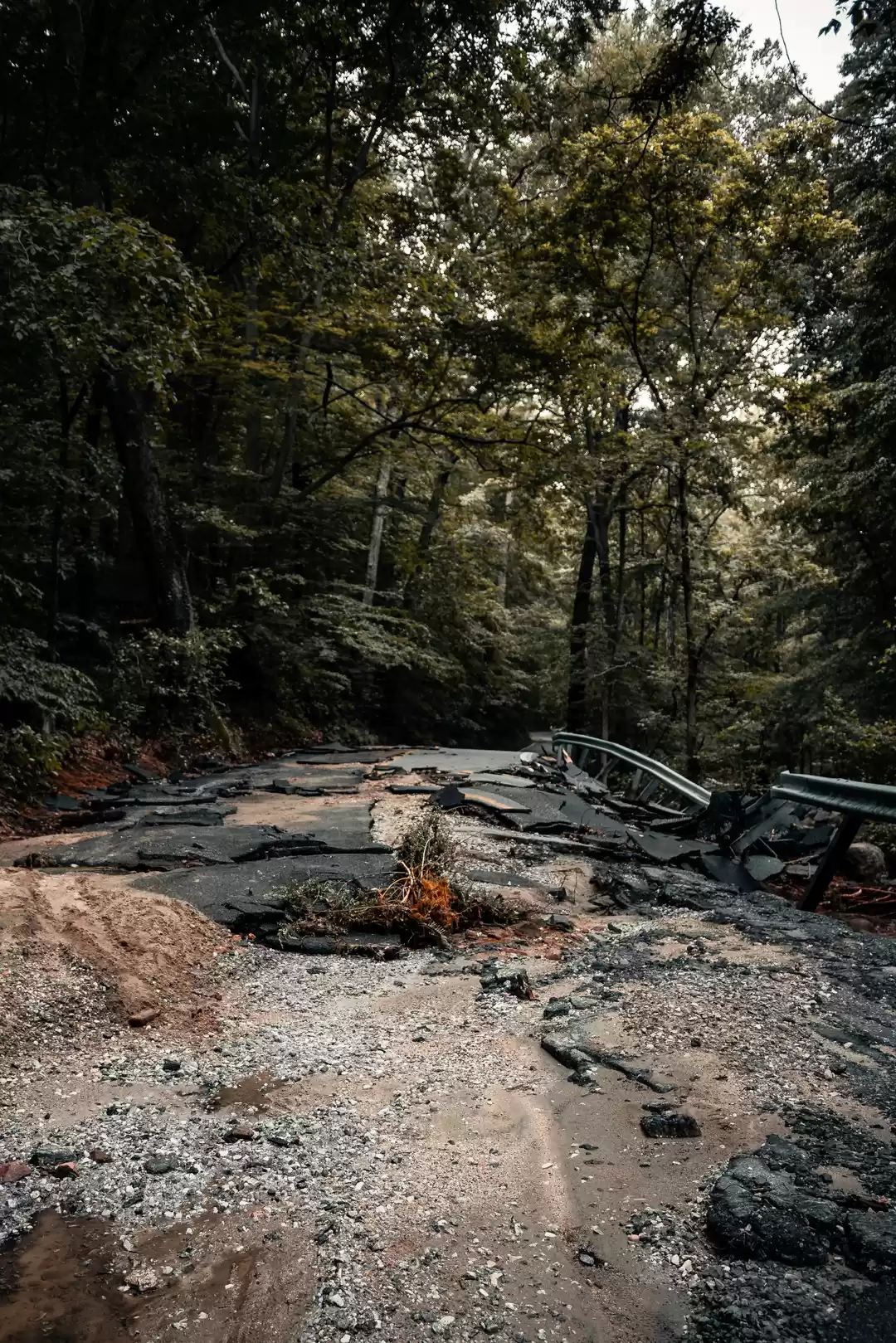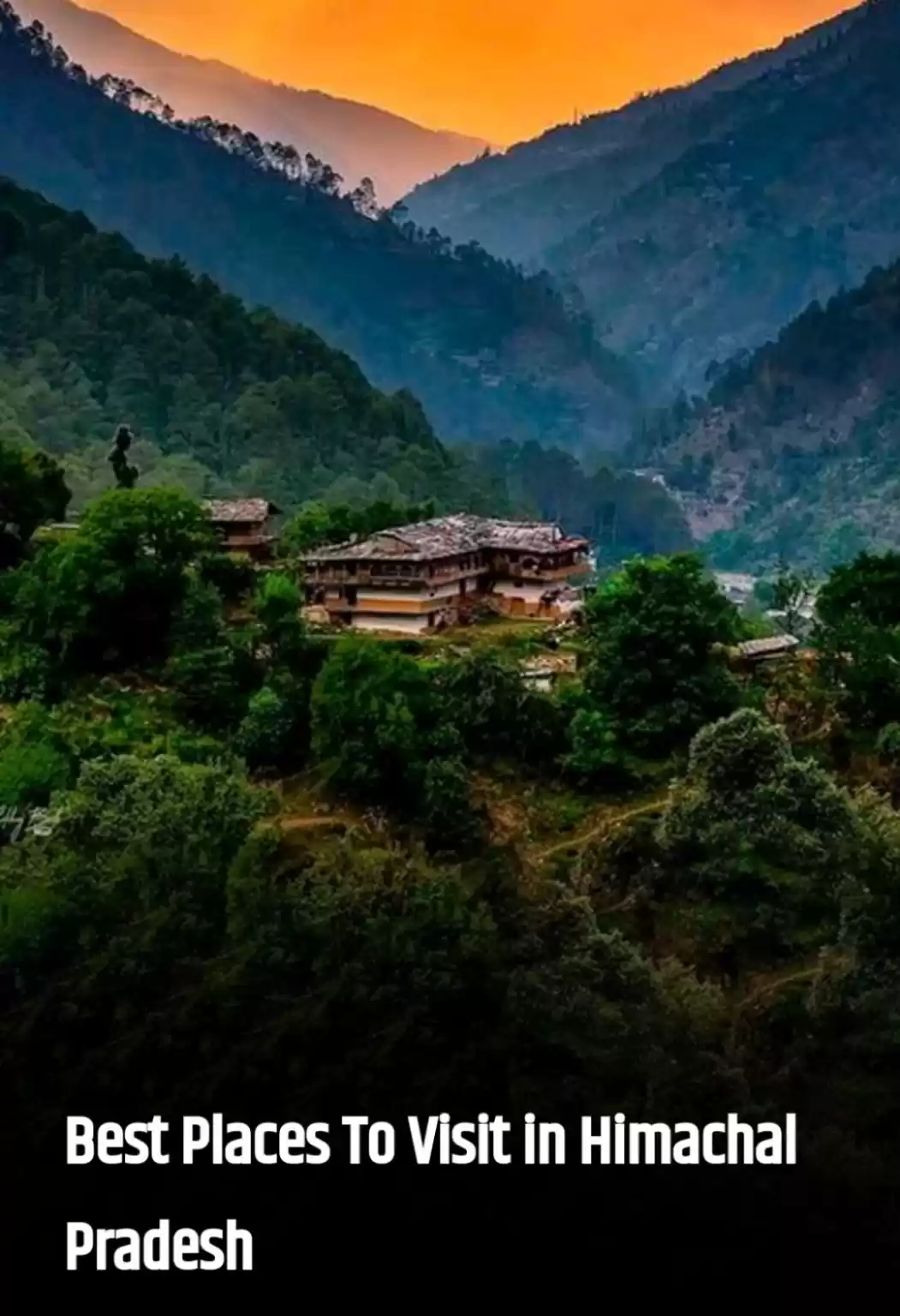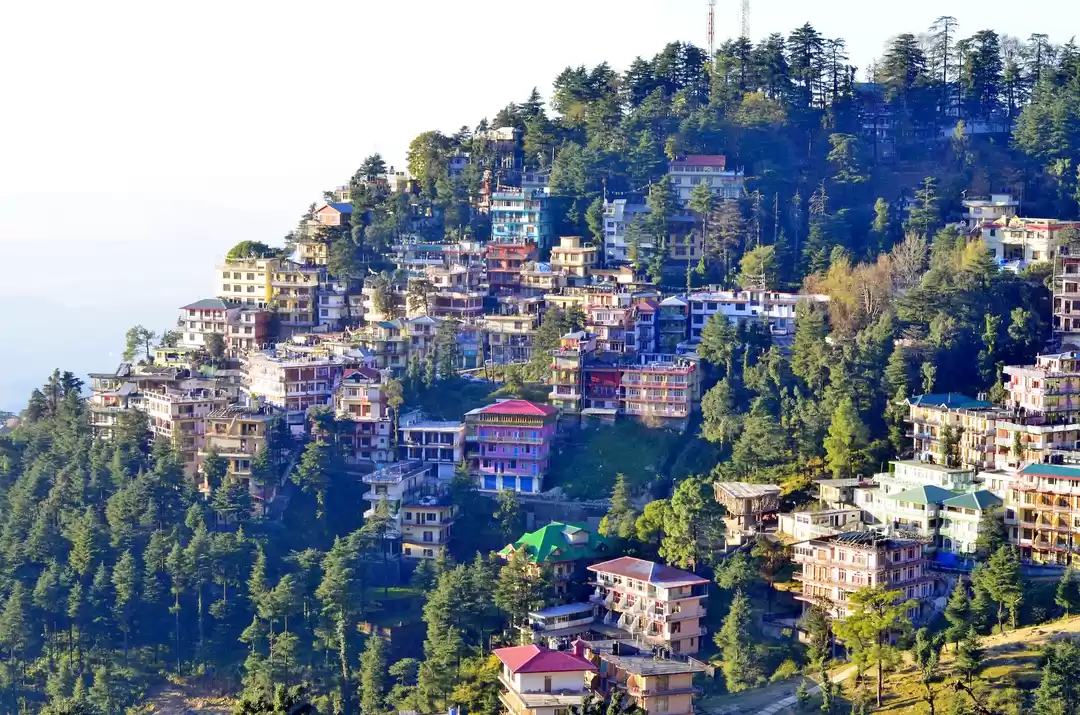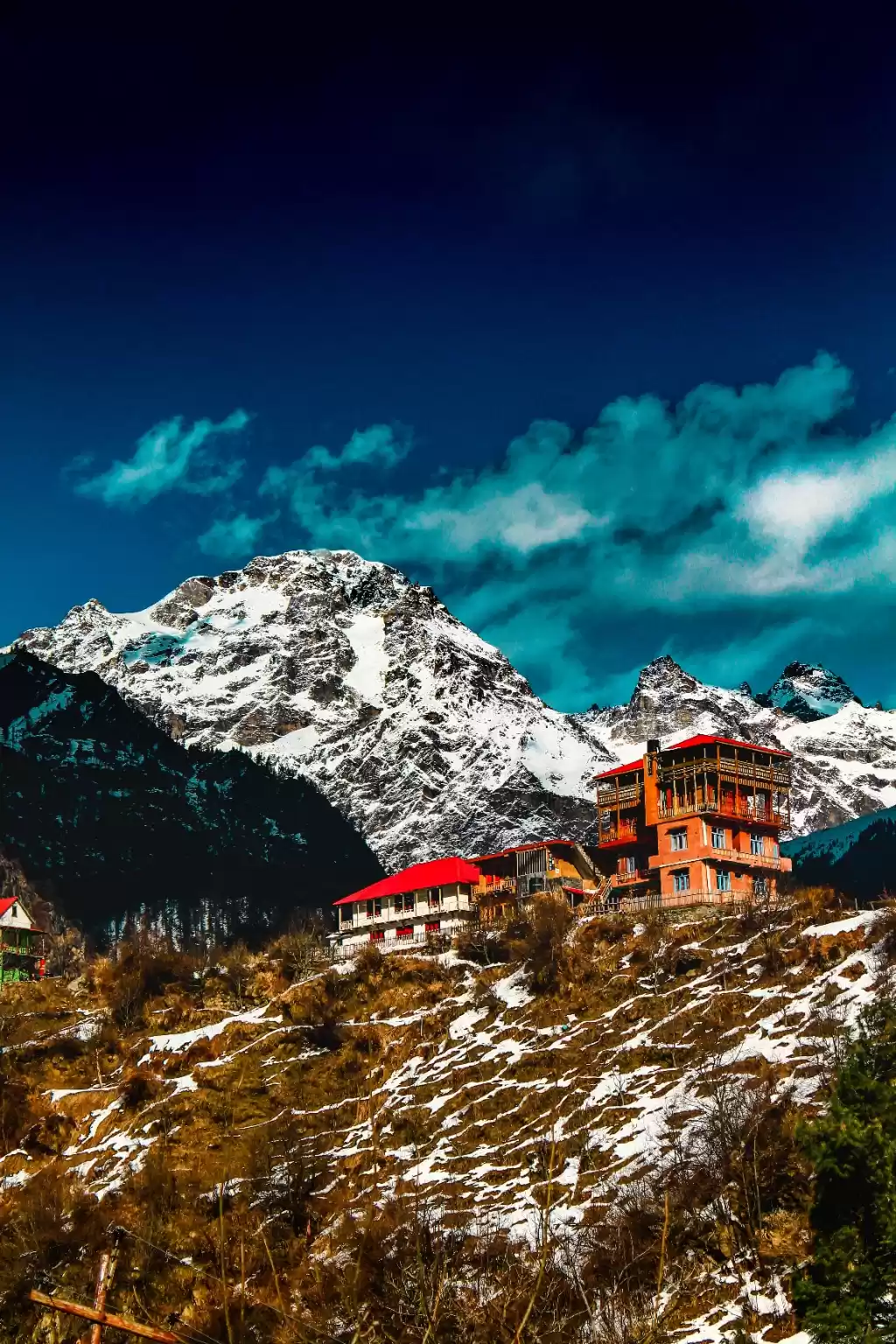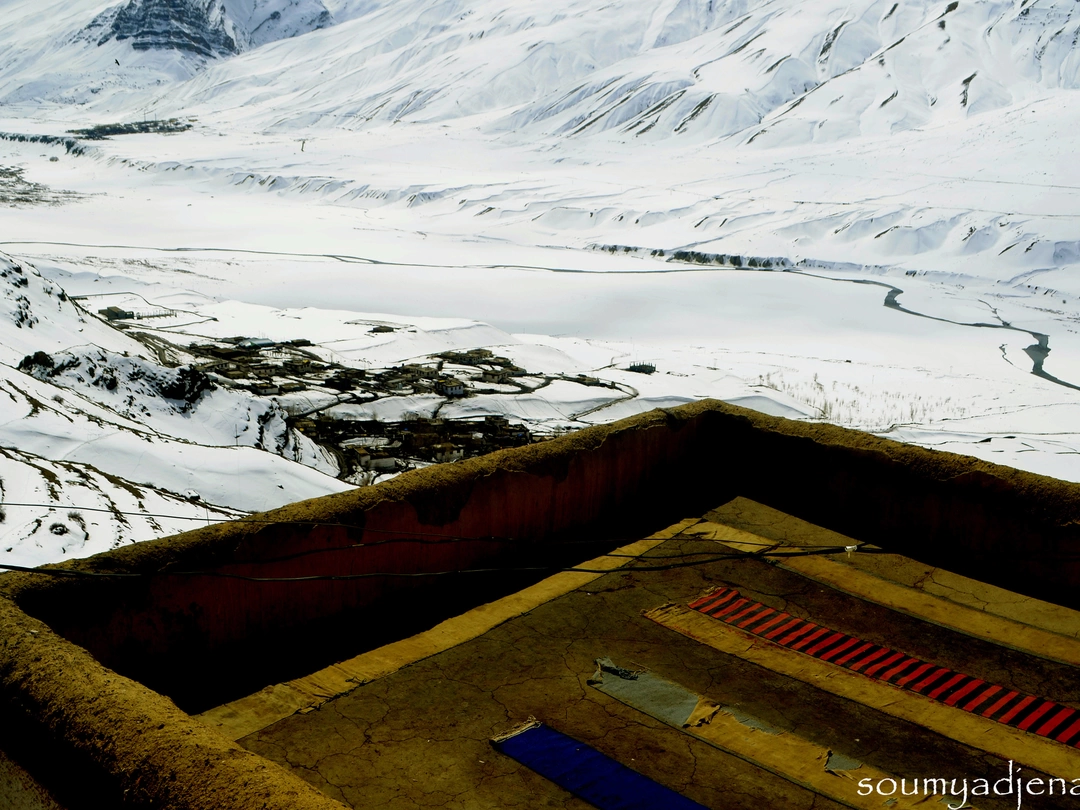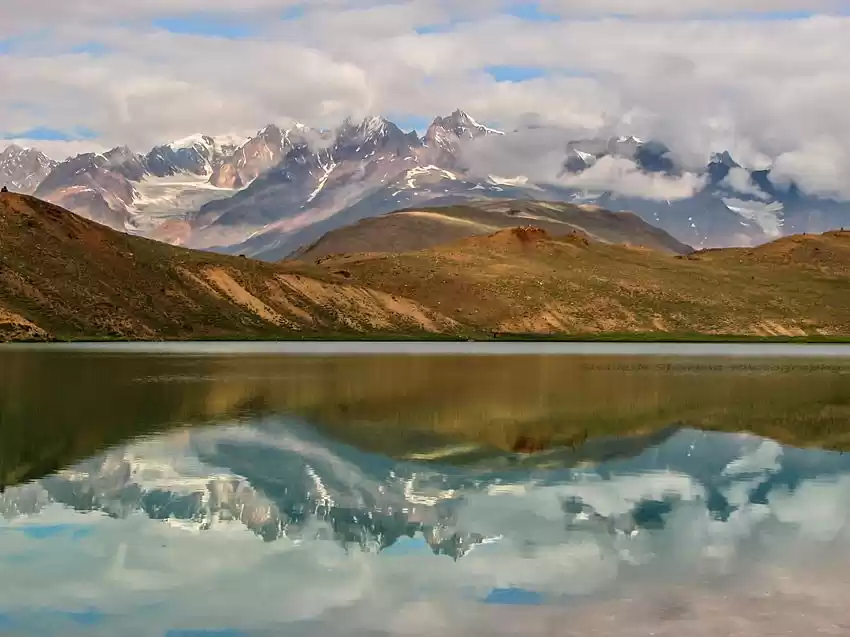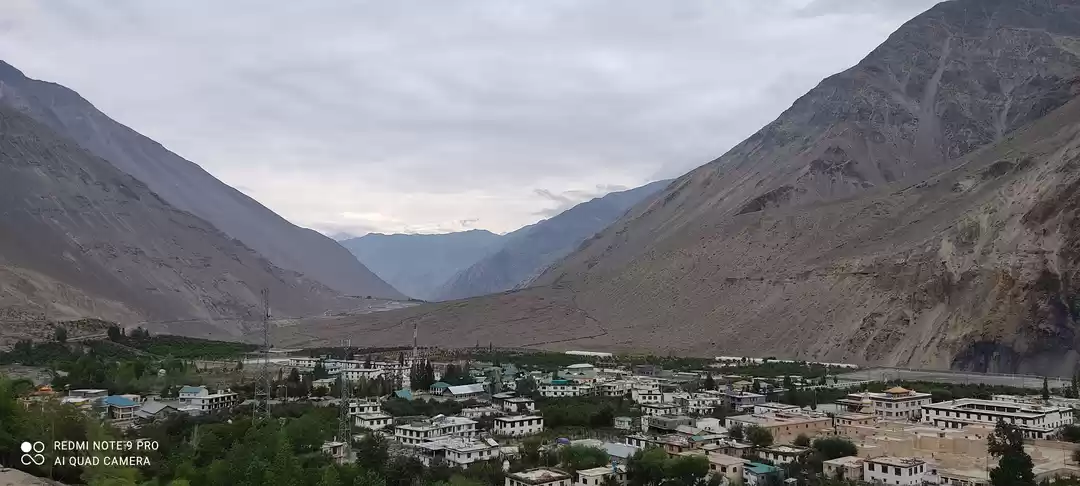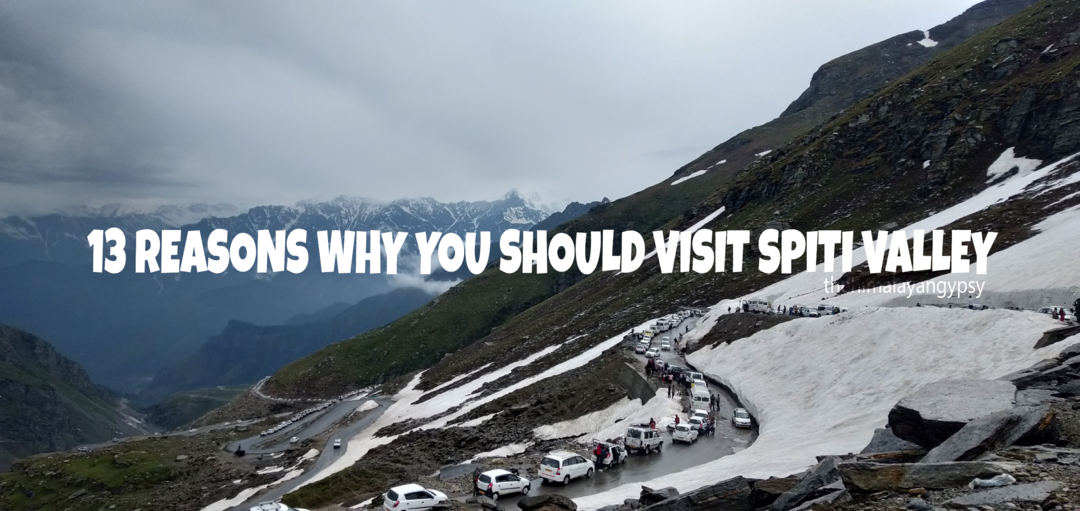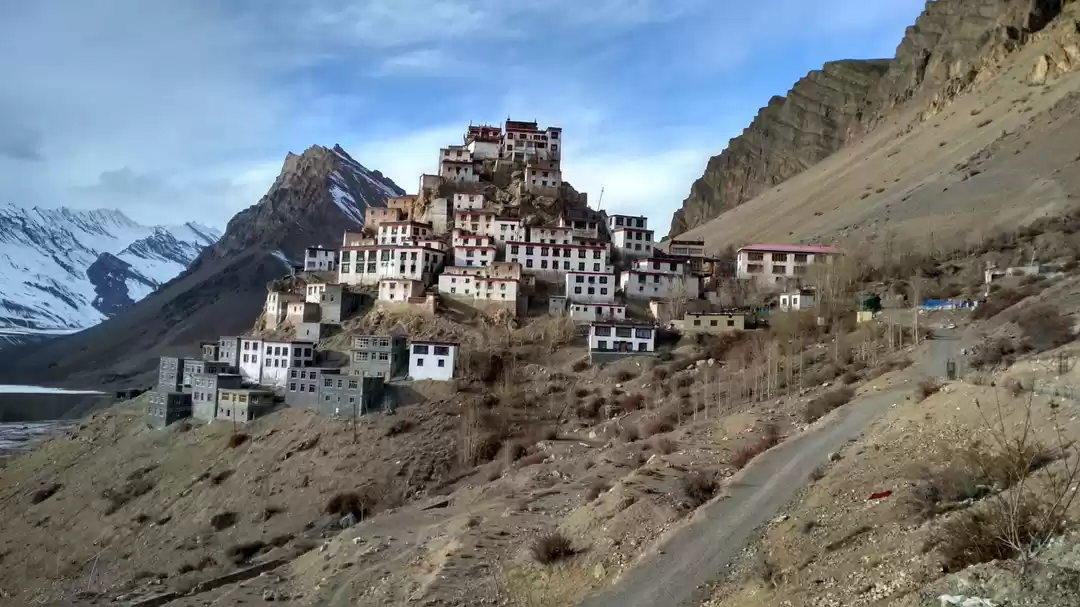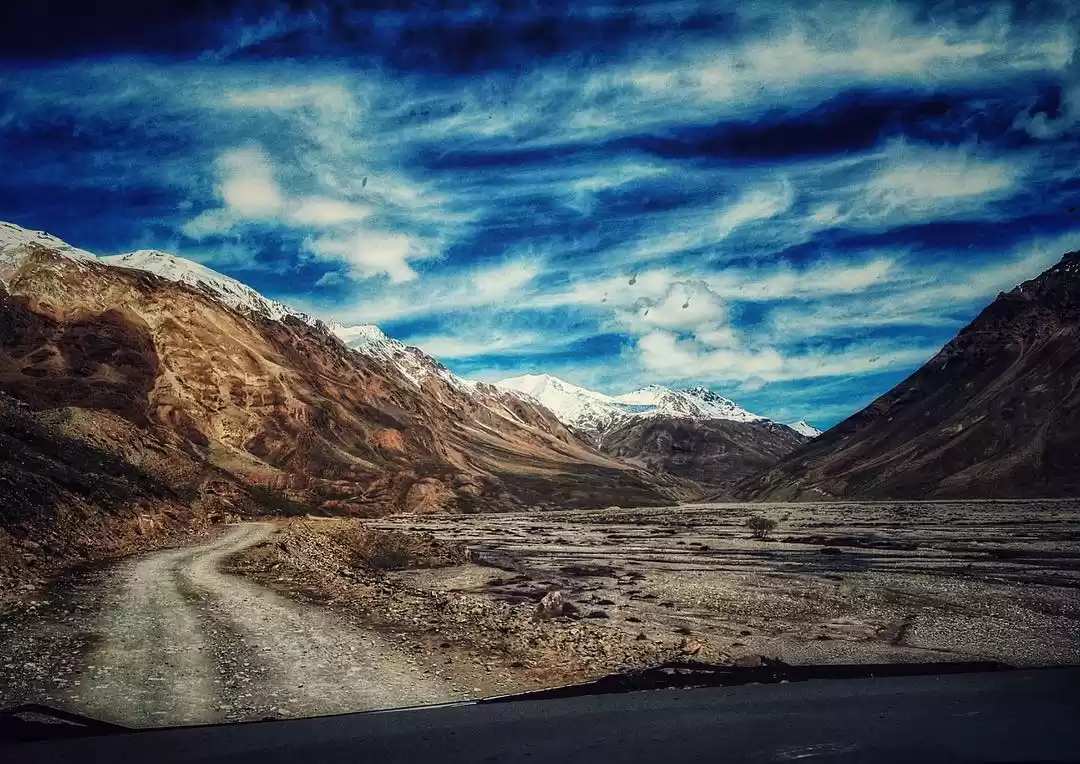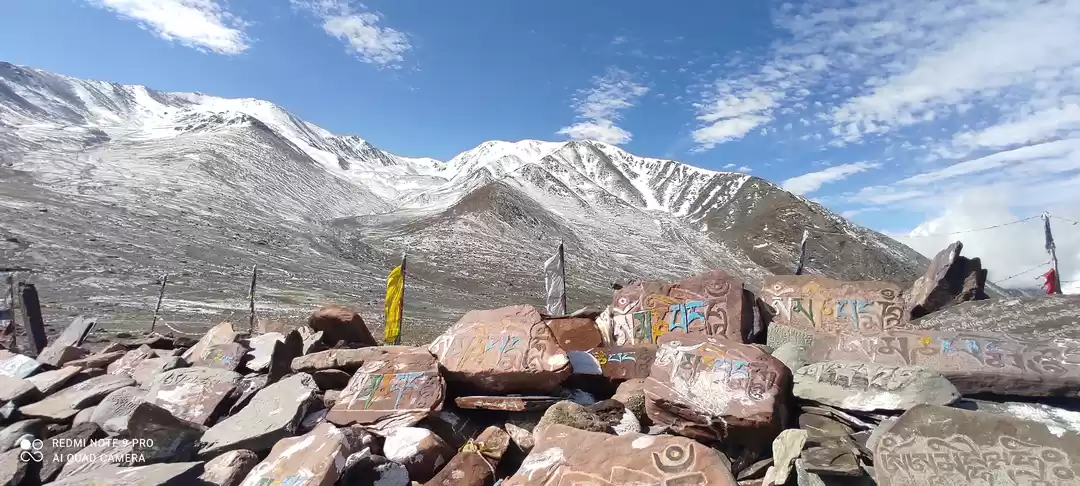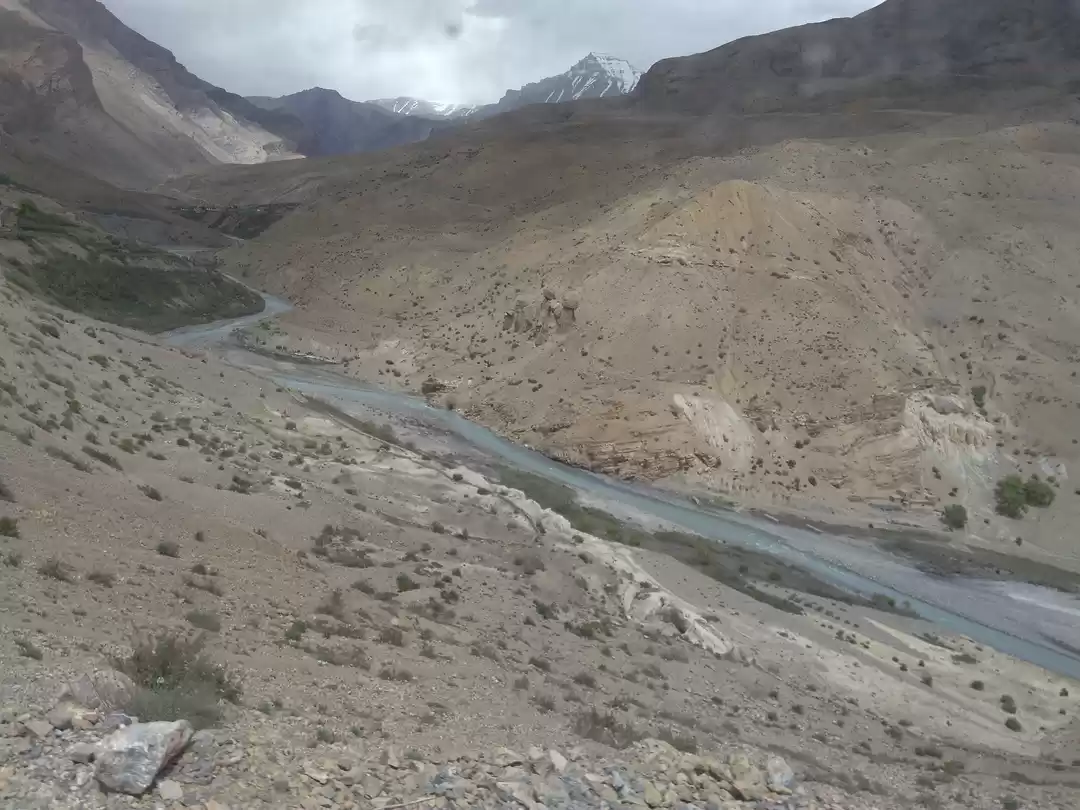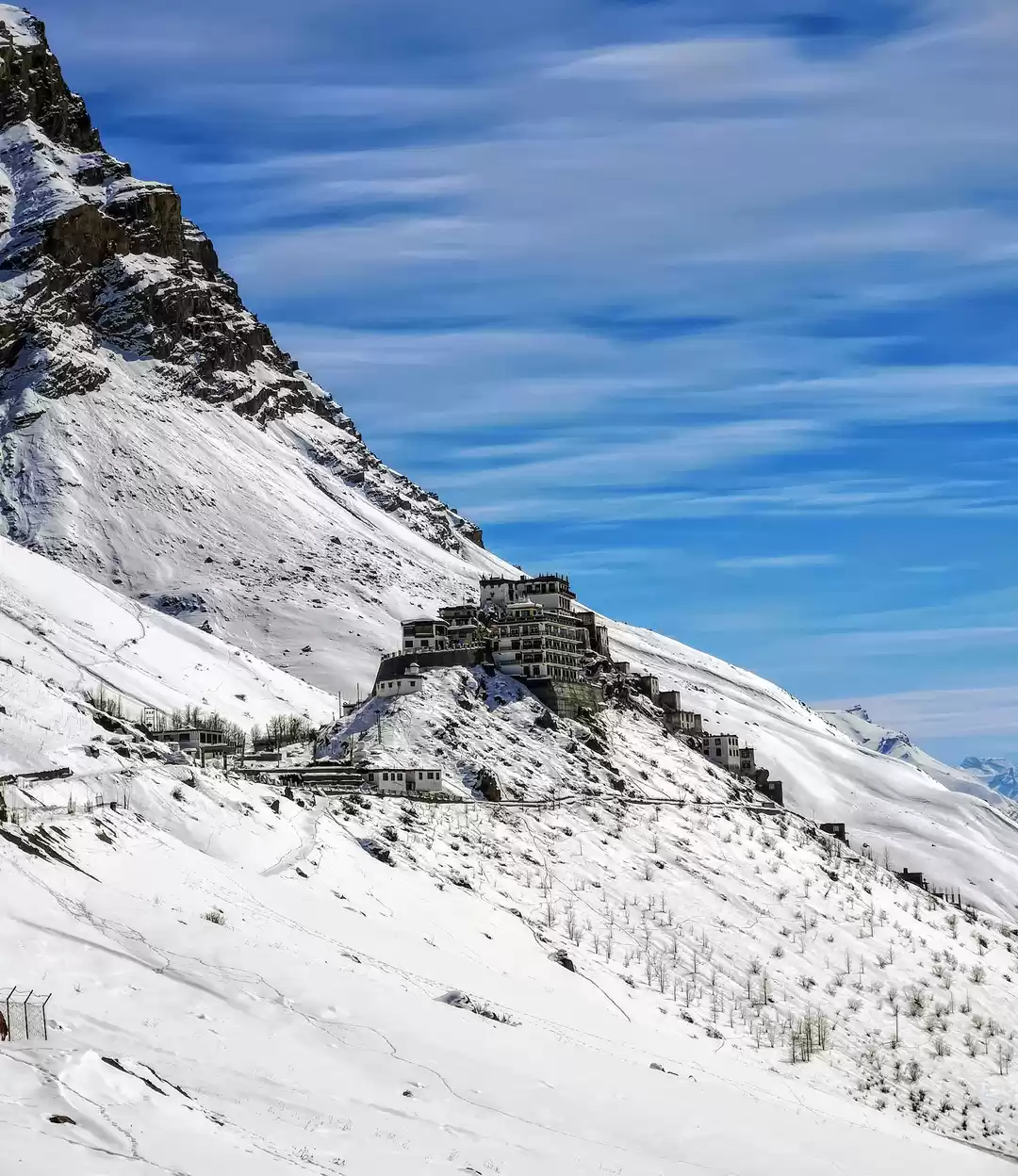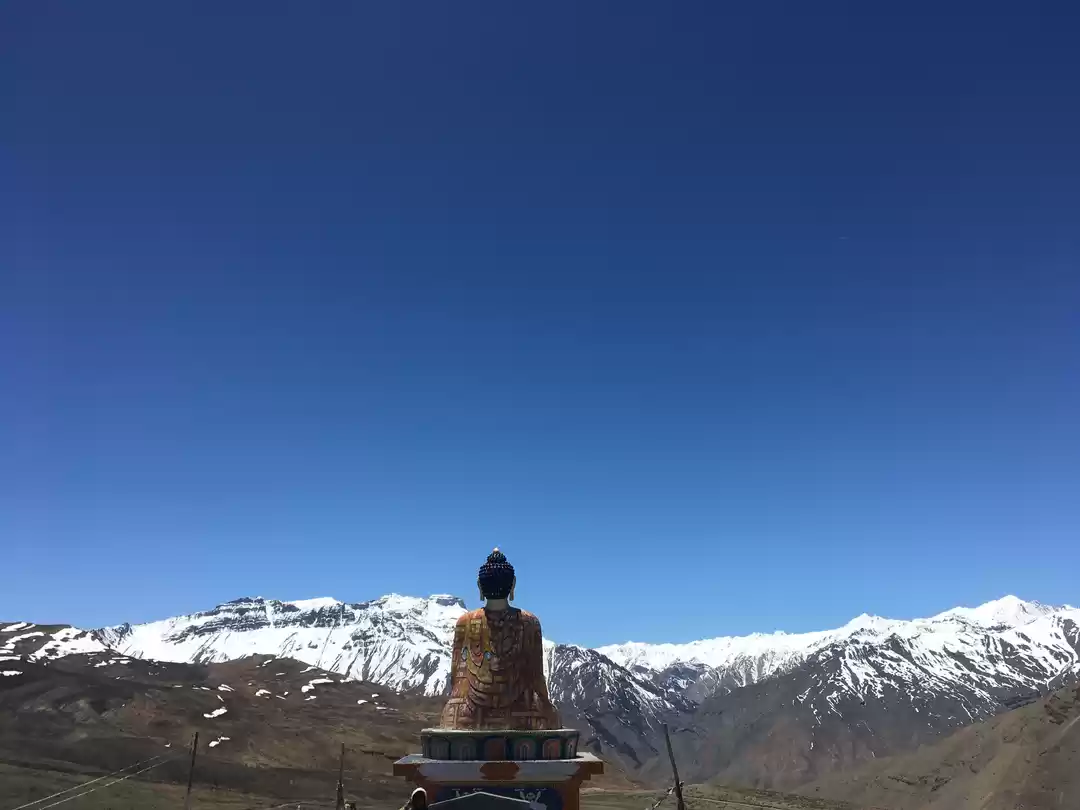
I had already spent two days in Kaza, two days were enough to adjust and understand the grueling winter of Spiti Valley – a beast in it’s own right. This was the third morning and I got up early to rush to the kitchen at Nyingma House for my coffee, the warmth of the kitchen beckoned like the lap of a mother, the least cold corner of the entire house. It had snowed overnight and there were still stray flakes swirling around in the cold air.

While I sat at the front steps of the lodging and sipped my coffee, I was aware of my trembling hands and lips . Around five mountain dogs gave me company on the steps and the man upfront was shoveling snow out of the path. I guess this must be the morning ritual of all households around here in winter months.
UC came up to me from behind and asked, ‘Going to Key Monastery today?’. I nodded a yes. UC or Urgian Chhering was the amiable owner of Nyingma House in Kaza and he also runs spitiexpeditions.com. He is perhaps the most friendly and versatile localite I met while in Spiti.

He said, ‘The monastery is around 12 kilometers from here and then Kibber village is close to 8 kilometers from Key. Take the small Alto cab’. And so I did.
I don’t really remember the name of the guy who was driving me up north of Kaza in the Alto 800. Something starting in H, let’s call him H. He was married and in his mid twenties , he kept boasting of a friend in Shimla who was soon going to take him out of this ‘harsh’ place – he wanted to go away to Australia for some reason.

I didn’t ask why – I was looking outside the window in awe, I was being driven through a fairy land , straight out of some fairytale book. A single black serpentine tarmac led us away from Kaza. Ice has been parted recently to make way and after few moments of driving straight in the valley, our road climbed up sideways, away from the river to the right side.

We were spiraling our way up a small hilly slope , the snow on the road increasing at each upper bend. After a few twists and turns , we came up on Key village, a small settlement of few mud houses thatched with straw. H kept asking me, ‘Melbourne or Sydney...which will be better? I think Melbourne...what do you think?’. I told him that I have absolutely no idea about Australia apart from the fact that they play good cricket and have Kangaroos.
He smiled and pointed his finger towards an upper slope, ‘There it is’, he said.

I craned my neck to look upwards. Yes, there it was, the holy grail for many,the majestic and spellbindingly beautiful Key Monastery – a mound of monastic settlement and compound in blocks of red and white, rising like a mystical tower amidst the white background of winter Spiti . The three storey monastic compound looked like an ancient fortress out of a fantasy novel at first sight, I swear. We had to drive a little way further still to reach the entry gates of the compound.

H dropped me off just at the beginning of the ascending path towards the monastery from where I started walking on heavy snow – getting stuck and slipping over a dozen times by the time I finally made it to the steps. The path to peace and salvation is not easy after all. Like all Buddhist monasteries, this one at Key is built by layers upon layers, three levels seen and a basement level beneath them , meant for storage and provisions. Built somewhere around 1100 A.D , this famous building is among the oldest of such religious complexes in India – damaged, attacked, torn down and even burnt to ground by invading Mongolians and Tibetans in past, but always rebuilt once again with devotion over the centuries. So the current architecture is something that’s known as the Pasada – a fort like monastery. Because of the repeated raids and attacks on the place over the harsh winters, it has shaped up like this.

The bookmarks of history is found embedded in the impressive collection of precious and ancient artifacts in Key Monastery – colorful and gorgeous murals on the walls, paintings and thangkas, the Tibetan religious banners, a wide collection of rare manuscripts and books and a whole lot of musical instruments. Apart from all this Key monastery has something that few places can boast of – it has a collection of medieval weapons and instruments of warfare, kept as souvenirs of the violent history gone by.

The young monks in the compound are busy just like all Spitians right now – battling the elements of winter.They are breaking mounds of ice in the courtyard and the still younger ones are playing around with the snow. As I watch the scene in amusement, a monk appears with a cup of tea , the butter tea. It’s a custom here, the visiting guest is welcomed with a steaming cup of tea and is guided around by a designated senior monk.

This surreal structure , almost 1000 years old and standing tall at 13,700 feet altitude, is an ancient temple of mysticism. Belonging to the Gelug Sect, the Yellow Hat Buddhists, Key monastery is an eminent training center for young Lamas and is a personal favorite of the current Dalai Lama. It houses some rich interiors, decorated with Chinese style murals. The rooms known as Tangyurs contain rare murals, thangkas and paintings. The huge assembly hall for monks is at the ground floor. Together with the Dhankar and Tabo Monastery in Spiti valley, Key preserves some rare religious manuscripts and paintings , vital to the socio-cultural history of Tibetan Buddhism.
The monk in his red robes and silent gestures, guides me to the roof at last, overlooking the valley – there I see the spectacular and breathtaking span of the whole valley in front of me. I take another cup of tea and sit down to watch – no sound, no talk , only the slow whistling of the cold wind and rapid flapping of the prayer flags on the terrace. This has to be the most silent and peaceful place on earth.

I earnestly wished I could stay at the monastery for few more hours, may be put up there for few days at a stretch, maybe some other time. I thanked the monk and descended down the steep wooden staircase, level per level, finally to the gate. There must be around three hundred monks in resident at the monastery and may be the number increases in summer.
H was waving at me from the road down below.

I got back in the vehicle and soon both of us started towards Kibber, 8 kilometers further north from Key. The sky was blue no more and a haze like cloud was hanging over the slope above us.
‘I hope it doesn’t snow now’, H said apprehensively.
I just shrugged my shoulders and he continued, ‘May be I’ll be a cab driver in Melbourne, but I love cooking too...maybe I’ll be a chef also’
I asked him when he was planning to shift to Australia and he said that his friend was making arrangements as soon as possible , he has already taken some money for the same. I raised my eyebrows on hearing this but didn’t say anything.

By the time we reached Kibber, it had begun to snow slightly. One of the most isolated and lonesome settlements in the treacherous Spiti winter , perched at 14200 feet height. H told me that Kibber is wrongly claimed to be the highest village in the world, there are some settlements still higher up from here, but right now the road is probably closed. In my thoughts I thanked him for talking about something else apart from Australia. He parked his vehicle at almost the middle of the village, till the point where the road permitted us to drive. I got out to take a short walk in the lanes of Kibber.

I took the dirt road that went upwards in a slope to the upper part of the hamlet, and towards the small monastery that I could see. In the entire village, I could only see 8-10 people outdoor and realized suddenly how quickly the temperature has dropped with the incoming grey cloud. The couple of yaks seemed unfazed and trotted on ahead of me. 20 kilometers north of Kaza, Kibber has only 300-400 residents, all tucked inside homes now. And what a time to arrive here- a remote wintry hinterland, entirely in the clutches of natural elements. The stone and mud houses looked like little rectangular blocks placed carefully in a sea of snow and ice.

The village is situated at the summit of a limestone rock in a narrow valley – yes, limestone , we’ll come to that shortly. On the horizon are two of the highest peaks in Spiti valley – Chau Chau Kang Nilda and Shilla, towering above all. And above and beyond all else , this particular area of Spiti is known around the world for something very interesting and rare – the Ghost Cat of the mountains, the elusive Snow Leopard which regularly gets spotted in and around the mountains in Kibber, especially in the cold winter months when their prey such as the Blue sheep and Ibex come down to lower slopes in search for food. Can I possibly see a Snow Leopard yet?

May be if I walk a little away from the village, I thought. But that I couldn’t do – the snowfall came down again and quite heavily this time. I looked down at H from the balcony of the monastery I was standing and saw him waving his hand. He was asking probably to enter a house to my right , the monastery was locked and there was no shelter from the impending snowstorm anywhere else. He came rushing up the road when he saw me hesitate to enter a stranger’s house , but nobody is a stranger here if you ask for help, as I soon found out. Both of us knocked on the wooden door and an old man let us in – I thanked him by a smile and H asked he could manage a hot cup of tea. Today was a day for a lot of steaming cups of tea, I guess.

Fifteen minutes later, me, H, the old man and his entire family were sitting on the warm carpet on the floor with tea and biscuits. All of us were looking outside the single small window in the room, the snow was still raging outside. There were cordial smiles exchanged between all and H talked with them in a language that I found hard to decipher. But they understood Hindi too. While talking with them among other things, I noticed a pile of rocks in a corner. I asked the old man curiously enough because I thought I knew what they were. He asked the little girl in the room to bring forth one of the small rocks – and indeed it was a fossil, an ammonite fossil rock.

These kind of rare fossils are found abundantly in the soil around Kibber and Langtza in Spiti Valley. Children in the villages collect them and sell them to tourists and other outsiders , unknown to the fact that it is illegal to do so. But the story of the fossils in Spiti Valley brings to attention a much larger and interesting narrative , a story that concerns the whole of Himalayas – Ammonites are extinct sea creatures and their fossils, known widely as ammonite fossils are found mostly at rock bottom sea bed. So what exactly is it doing here...at the top of the world’s highest mountain range?

This is one of the geological evidence that connects to the fascinating story of the birth of Himalayan mountain range – around fifty million years ago in the Cenozoic period, the Indian landmass moved northwards and collided with the Eurasian tectonic plate, thus closing the gap between them known as the prehistoric Tethys sea. As a result of this massive tectonic collision force , the sea bed of Tethys rose upwards, crumpled between the landmass and gave rise to the young fold mountains that we today call as the Himalayas. The mountain range is still rising up because the tectonic plates are still pushing each other at a rate of few inches per year. The archeological and geological evidence lies here, right in front of our eyes. The whole of Kibber rests on summit of a limestone as previously mentioned and we know that limestone are sedimentary rocks formed at bottom of great oceans.
A wonderful story to behold, difficult to imagine and grasp – entire Himalayan range was once a sea bed and who knows what distant future has in store.

I told them the fact but I don’t think they got the bigger idea of what I was talking about. The old man was still trying to sell the piece of fossil rock to me at around Rs 200. Even in Hindu mythology, Ammonite fossils are held in high regard – termed as Shaligrams, the black stone variety found abundantly in the Kali Gandaki river valley, Nepal. As the story goes, Vishnu was cursed by demon Jalandhar’s wife to become stone (shaligram), grass (kush), tree( peepal) and plant (tulsi) in subsequent births.
The little hailstorm outside had stopped for the time being, so me and H bade the family goodbye, thanked them heartily for sheltering us and the tea and then came back to the parked vehicle.
On the way back to Kaza, H said, ‘I have seen pictures, Australia has a lot of ocean too’
I finally told him that his friend is probably fleecing him and he should stop paying him more money if he asks, upon which he became serious and thoughtful.

On seeing him so grave and quite, I quickly regretted my words and said, ‘But that doesn’t mean you cannot go to Australia, we shouldn’t give up on our dreams. H finally smiled as we got down from the hill and drove on the main road towards Kaza, the Spiti river humming by in the valley floor.
Soon I would leave the winter of Spiti behind me and return home , but I promised myself to return to this wonder at earth’s corner sometime in summer may be and see for myself what the land looks like and also to meet up with the wonderful bunch of friends that I made there.
Soumya D Jena
March 2017, Spiti, Himachal

